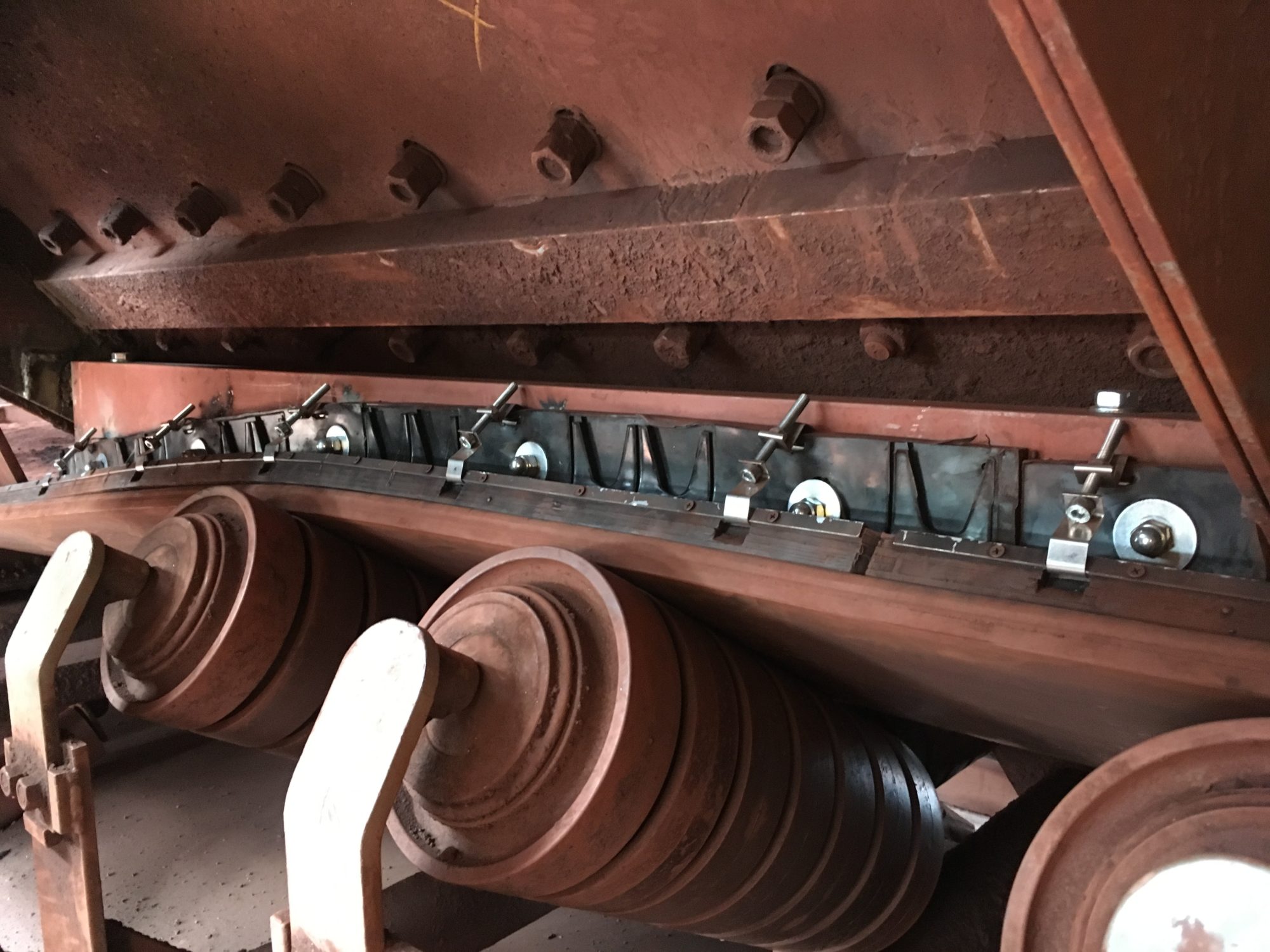Australia-based conveyor component developer and supplier, Kinder Australia Pty Ltd, has added the AirScrape® non-contact conveyor skirting solution to its range.
From July 2021, the AirScrape has been included in the product range of Kinder Australia following an agreement between Kinder Australia and ScrapeTec Trading.
The AirScrape, as a side seal, and the TailScrape®, as a back seal of the transfer point, complement Kinder’s range of conveyor components and seals, according to ScrapeTec Trading, the company behind AirScrape.
AirScrape founder and mining engineer, Wilfried Dünnwald, came up with this contact-free side seal for conveyor transfer points after trying to reduce dust build-up during mining, a particular problem in underground applications.
After an initial positive response in Germany, the innovation has gained international recognition with miners in Africa and America now using the device. The agreement with Kinder is looking to expand the product’s reach to the Asia Pacific region.
“In contrast to many side sealing solutions, the AirScrape works completely contact-free at transfers,” ScrapeTec says.
“This eliminates frictional losses due to belt abrasion and extreme belt wear, because the AirScrape is mounted at a distance of 1-2 mm from the belt. In addition, there are the specially arranged blades in this innovative conveyor seal. They create the so-called ‘Venturi effect’. This is the air suction that is created by the movement of the belt and suction of air in from outside. This prevents dust or fine material from escaping through the gap between the belt and the seal.
“In addition, thanks to their arrangement, the lamellas convey coarse material that is pushing outwards back to the centre of the belt. These effects have also piqued Kinder’s interest in Australia.”
Kinder Australia Pty Ltd has been operating in the field of conveyor technology for the mining and bulk materials handling industries since 1985.











